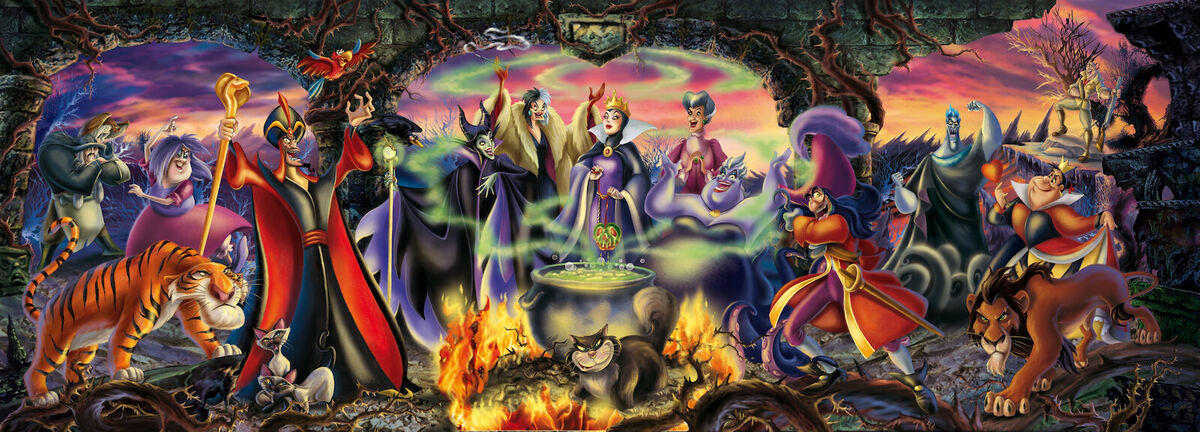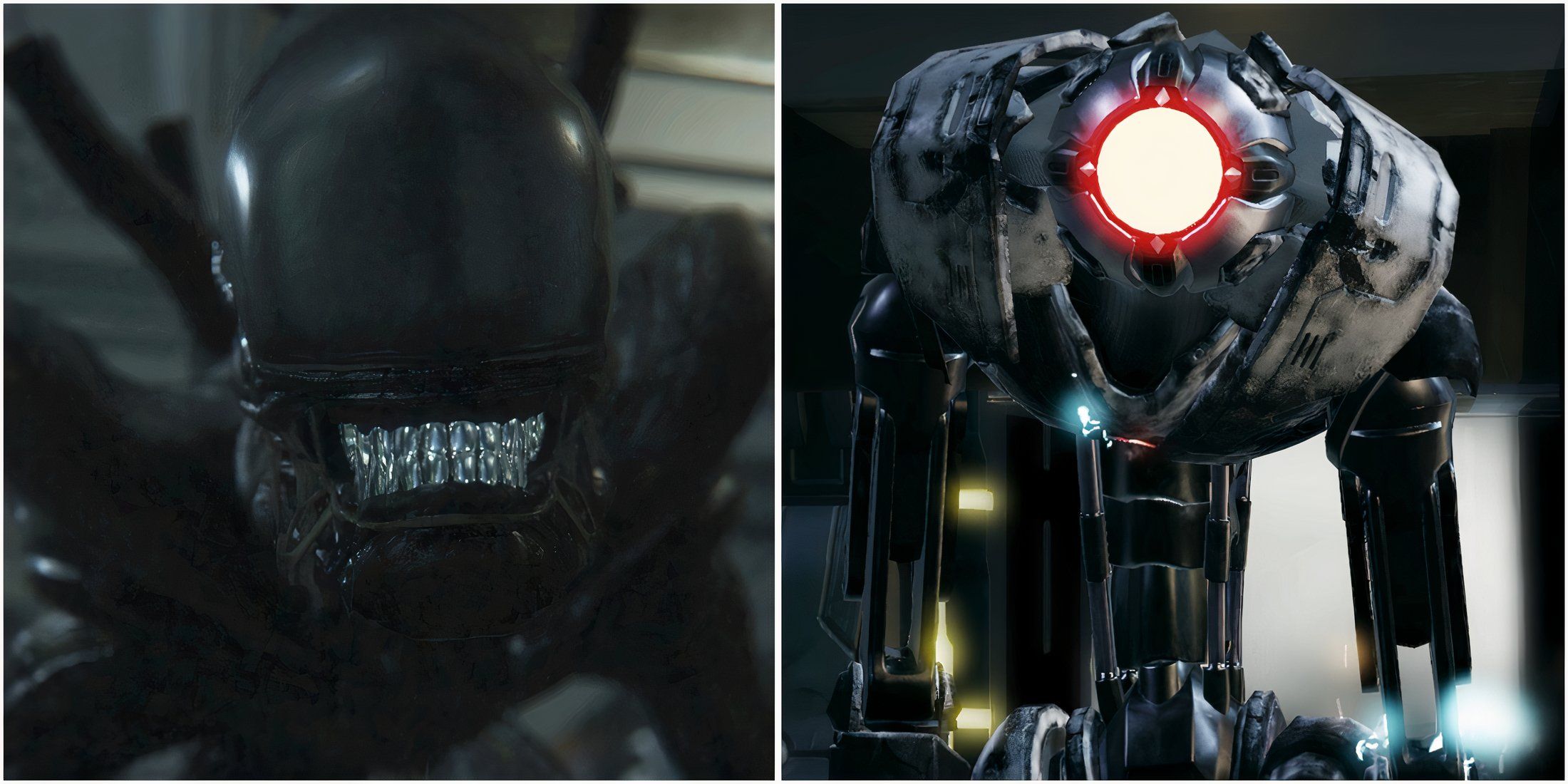Fox Kids’ The New Woody Woodpecker Show tried to revive a chaotic legend—and came surprisingly close. In this deep dive, we examine the show’s third episode, which aired May 22, 1999, and take a closer look at what worked, what didn’t, and why Woody is such a difficult character to root for.
In this Pick of the Week, Jess breaks down both of Woody’s featured shorts in the episode—“Temper, Temper” and “Crash Course”—and how they channel the spirit of the 1940s Woody while struggling under mediocre animation and a character that’s frankly hard to like. But in a bizarre twist, this episode also includes Tex Avery’s classic short “Rockabye Point” starring Chilly Willy, and it absolutely steals the show.
We explore the animation legacy of Tex Avery, the brilliance of Mike Maltese, and the short’s lasting emotional punch—all in contrast to the uneven modern revival. Whether you’re nostalgic for Fox Kids or curious about lost animation gems, this one’s for you.
Let us know in the comments: Did you watch Woody on Fox Kids? And what’s your favorite classic cartoon revival?
A full transcript follows the video.
New Woody Woodpecker Cartoon Revival | Temper Temper + Legend of Rockabye Point + Crash Course
Fox Kids Club recently took a look at Tom and Jerry Kids, a modern spin on a legendary classic cartoon franchise. So it’s a good time to fast forward to another modern spin on a legendary cartoon franchise, The New Woody Woodpecker Show, which aired on Fox Kids intermittently between 1999 and 2002. Specifically, we’re gonna take a look at the show’s third episode, which aired on Fox Kids on May 22, 1999.
We’ll talk more about Woody Woodpecker once we get to 1999 on Fox Kids Club – should society not collapse in the meantime – but in brief, it was an attempt to take the character back to his roots. The Woody Woodpecker of the 1940s was a completely insane creature, crazier than even the pre-Chuck Jones version of Daffy Duck. In the 1950s, that wackiness was dialed down considerably, until Woody became a far more sedate character in the mold of late era Bugs Bunny. Only far less funny, as those later Woody Woodpecker shorts are, well… they’re not good.
The 1999 show takes clear inspiration from the Shamus Culhane take on the character from the 40s, and he’s even redesigned to look closer to that version of the character. The two Woody Woodpecker cartoons in this episode illustrate the show’s approach to the character pretty vividly, so let’s talk about them first.
In “Temper, Temper” Ms. Meany, Woody’s landlord, is following the advice of her doctor – who looks like Don Knotts for some reason – to stay calm and not give in to her temper. This is made difficult by Woody – quite capably voiced by Billy West – who is practicing for The Highland Games. Said practicing involves copious amounts of loud noise and property destruction.
This does not go over well with Ms. Meany, who struggles to control her temper while Woody basically destroys the apartment. In the end, Woody “fixes” her problem – by essentially giving her a lobotomy. Kind of a dark ending here.
In “Crash Course,” Woody hops over to his girlfriend Winnie’s house for some Saturday Morning TV – only to discover that she – gasp – sold the TV so she could afford flying lessons with an ace pilot – the insanely hard to pronounce Wings BanderHausenHosenFlausen.
Woody dispatches of the pilot and poses as him – his scheme is to give Winnie the worst flying lessons possible so she can give up and buy another TV. Winnie eventually catches on, and turns the tables on Woody.
These shorts have simple, attractive plots on which to hang character-driven gags on. You can feel a genuine attempt to channel the best of the shorts of the golden age of animation. That’s not surprising. The show was developed by Bob Jaques, with Jim Gonez serving as story editor. Both of them come from Ren and Stimpy – Gomez as a writer and storyboard artist, and Jaques as head of Carbunkle Cartoons, the studio that animated the show’s finest moments like Stimpy’s Invention.
That also plays into the episode’s weakness. Carbunkle doesn’t serve as the episode’s animation studio, and the pedestrian animation kind of hurts what they’re trying to do here. One can just imagine how much better it would look with a studio actually able to cut loose. That inability to cut loose also affects other aspects of the show in general – it feels like it’s being held back by somebody, be it Fox Kids or Universal.
But there’s a bigger problem with these cartoons – and it’s that Woody Woodpecker is an asshole. He’s rude, he’s ignorant, he takes a perverse pleasure in messing with other people’s minds. To put it bluntly, he’s unlikeable. And that harms the cartoons in pretty meaningful ways.
There isn’t anything inherently wrong with an antihero, but it’s harder than you think to do it right. For instance, Homer Simpson is an objectively terrible person. He’s lazy, he’s incompetent, and he has a violent temper. But deep down he does genuinely love his family, there are redeeming qualities. But even The Simpsons didn’t always thread that needle; witness the “Jerkass Homer” of the Mike Scully era.
Now, these are traits that the 40s version of Woody Woodpecker had as well. Cartoons like Barber of Seville and Ski For Two have Woody slapping around some poor schlub for the entire duration of the cartoon. But what it lacks in likeability it makes up for in the sheer manic energy of the short’s animation. Classic cartoon revivals are hard to get right, especially if they’re straight reboots. If a bit more money was allocated, if they made the character and format a bit more television friendly… that might have worked. But as it is, this episode just screams “lost potential.”
And that lost potential is brought into much sharper relief with the show’s middle segment, which I’ve been saving for last. In the grand tradition of US Acres and Cats and Company, Woody has a B-segment acting as the second short in each episode: Chilly Willy, another big name Walter Lantz star. But for reasons I can’t confirm, this episode straight up airs a classic cartoon, the only example of classic animation to air on the show during its run.
But if I were to pick a single Lantz short to include in The New Woody Woodpecker Show, it would be this episode’s selection, The Legend of Rockabye Point. It’s one of four Lantz shorts directed by Tex Avery, in my opinion the greatest director to emerge during the classic era of animation. He’s the guy that made the Looney Tunes looney, and he’s the guy who provided the spark to MGM’s moribund cartoon studio.
Rockabye Point is the third short to feature Chilly Willy, and the second one that Avery directed. But while Chilly Willy is the quote unquote “star” of this short, he’s not the protagonist. That goes to an unnamed polar bear.
The short is set up as a flashback narrated by an old fisherman who hears the song Rock a Bye Baby in the distance. He tells of the Legend of Rockabye Point, which happened years ago when his ship was making a large shipment of fish. This attracts both the polar bear and Chilly Willy. But the fish are guarded by a small but fierce dog who has more teeth than a shark.
If the dog spots the polar bear, he summarily delivers a good chomp to the bear’s ass. But he’s pacified when the bear hurriedly sings Rock a Bye Baby, which puts the dog to sleep and allows the bear to move in on the fish. All the while, Chilly Willy is doing everything he can to interfere and cause the dog to deliver a chomp to the bear’s backside so he can take the fish.
This is the loose framework for tons of imaginative gags delivered with only the flair that Tex Avery can offer. This feels most like his Droopy cartoons at MGM, which took a similar tack by involving Droopy only lightly in the short’s actions. In fact, this short is clearly patterned after an earlier Droopy cartoon, Deputy Droopy. Chilly Willy is more active than Droopy ever was, sort of a mischief maker in this short.
The cartoon ends with the bear escaping to a large iceberg, unwittingly taking the dog with him and setting up literal decades of singing Rock-a-bye Baby to him. Flash forward back to today, and they’re still there, aged and infirm, still singing, and the short ends on an unexpectedly sweet note.
This isn’t typical for a Tex Avery cartoon, considering that he once ended a Screwball Squirrel short by having the character crushed to death, essentially killing him off for real. But it makes more sense when you consider that the short was written by Mike Maltese, aka the secret reason that Chuck Jones’ best shorts at Warners were any good. One wonders if some of the famously sentimental Jones wore off on Maltese, because this feels like a more typical end to a Chuck Jones short than anything else.
Rockabye Point is fantastic, which makes it a shame that Tex Avery only stayed at Lantz for such a short time. For one, he no longer had the lavish production values he enjoyed at MGM, though it’s a credit to Tex’s talent that the lower budgets don’t really harm this cartoon. Tex embraced some of the style pioneered by UPA. But the second thing is that he worked out a deal with Lantz… and that deal ended up screwing him.
Lantz talked me into a percentage deal—a salary plus a percentage of the take. And it sounded good to me. It’s like an annuity, you know, it took a year or two to get anything out of them. But I tried it. I guess I made about four cartoons for him, then I started thinking about the contract. I took it to an attorney, and he said, “Oh, brother! You’ll never get a dime out of this. You’re getting charged for everything but the paving out in front of the studio.” I was getting my percentage off the bottom instead of off the top. By the time all the charges went in, why, my goodness, there was nothing left.
Tex Avery to Joe Adamson, Tex Avery: King of Cartoons, 1975
Avery largely directed commercials for the remainder of his career – he created the famous animated commercials for Raid insect spray – before working as a gag writer at Hanna-Barbera on frankly forgettable cartoons like Kwicky Koala. He passed away in 1980 after a battle with lung cancer.
The New Woody Woodpecker may have its faults, but at least it’s a hell of a lot better than Kwicky Koala. You can see parts where they are clearly trying to make the new show work. It’s not an A-list cartoon by any means, and Rockabye Point clearly outshines the other two cartoons in this episode, but it was a welcome shot of classic-style animated fun on a Fox Kids lineup increasingly dominated by superheroes and action-adventure. Again, we’ll talk about it more when we get to it on Fox Kids Club proper, but I do recommend at least seeking it out. You might be surprised by it!












